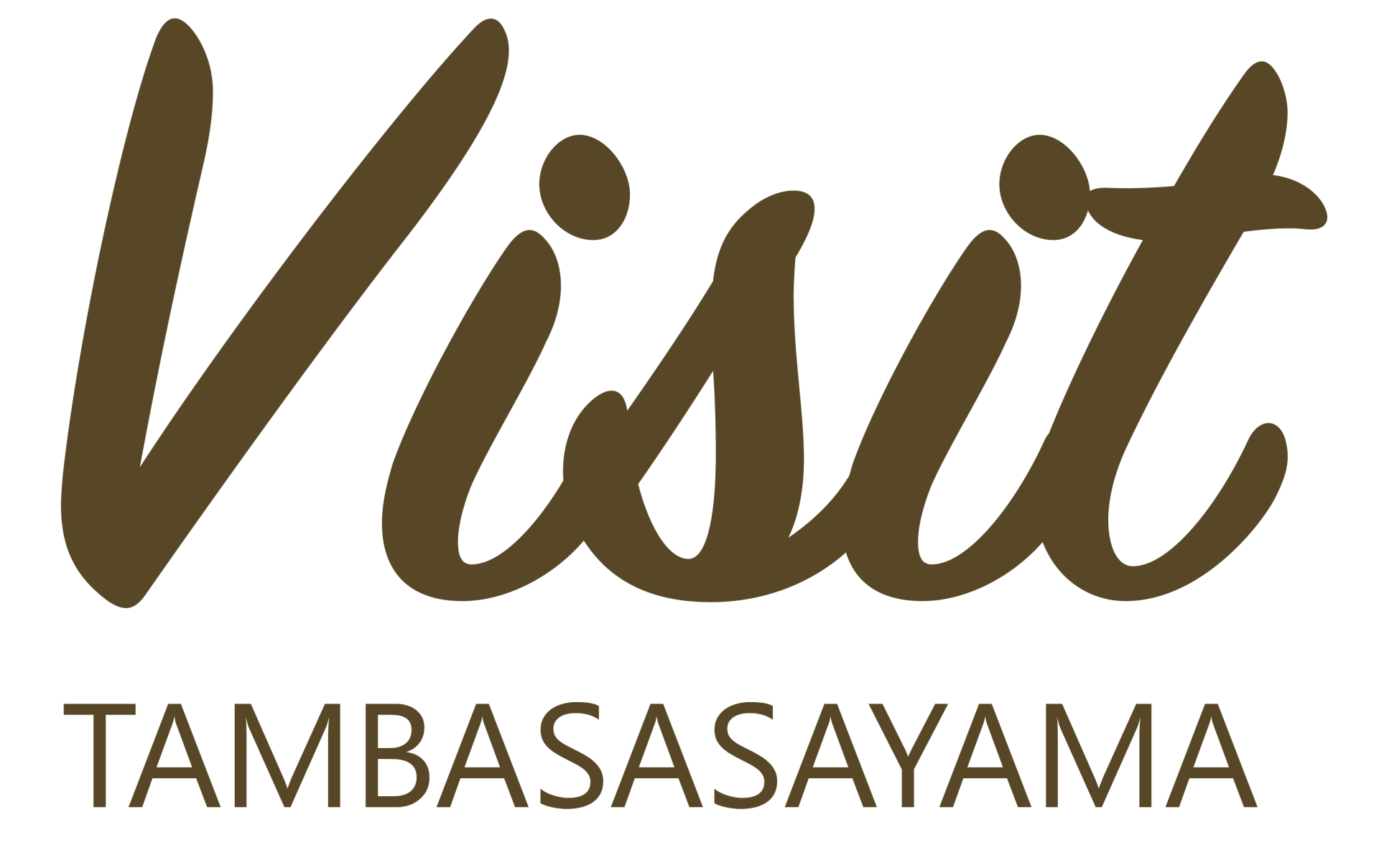Tanabata: The Star Festival
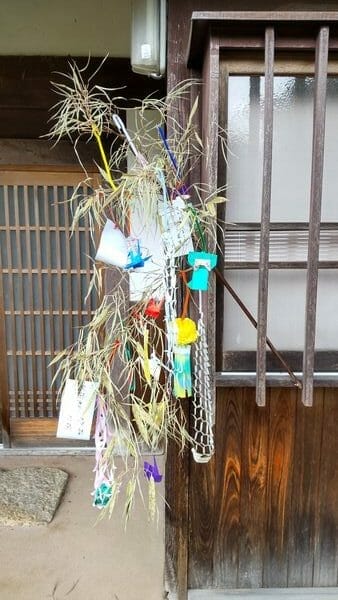
From Wikipedia: “Tanabata, also known as the Star Festival, is a Japanese festival originating from the Chinese Qixi Festival. It celebrates the meeting of the deities Orihime and Hikoboshi.” But there’s a lot more to it than that. My wife recently gave a talk to local 5-year-olds, and I thought everyone might enjoy more information about Tanabata, which is no longer widely observed.
The Five Seasonal Festivals (Sekku)
There are traditionally five seasonal festivals (not to be confused with all of the other festivals in Japan throughout the year).
January 7 is Jinjitsu no Sekku, or Person Day (Now more popularly known as the Nanakusa no Sekku, or the day when seven herbs are eaten in a rice porridge.)
March 3 is Joshi no Sekku, or Doll’s Festival
May 5 is Tango no Sekku, or Boys’ Festival
July 7 is Tanabata no Sekku, or Star Festival
September 9 is Choyo no Sekku, or Chrysanthemum Festival
These were all holidays in the Edo Period, but they got lost in history or converted to something else. For example, the Tango no Sekku is now officially Children’s Day. Maybe I’ll get brave enough and provide more information in a future post about the other festivals, but this time I’d like to tell you a little about Tanabata, which is July 7 by the new calendar and August 8 by the old. (Different areas of Japanese celebrate Tanabata by one or the other. Our area uses August 8.)
Tanabata as a Romantic Story
Most people do not realize that Tanabata is one of the five Sekku. They know it as the only night that the deities Orihime and Hikoboshi are allowed to meet because they were forced to separate because they spent all of their time enjoying each other’s company rather than working after they were married. They have to cross the Milky Way to see each other, which is not possible if it rains, so they cry and have to wait a year. (“Milky Way” is literally “Heavenly River” in Japanese.) Orihime is represented by the star Vega; Hikoboshi, by the star Altair.

Praying for Good Fortune
It seems that the part about Orihime and Hikoboshi was added to Tanabata later in history due to the coincidence that the stars that appear in the legend are directly overhead during the traditional Tanabata date in August. But like all of the Sekku, this was a time for praying to the gods for peace and prosperity and to prevent disasters, and with earthquakes and typhoons, Japan has always had plenty of those. Being the hottest part of the year, before the fall harvest when food can be scarce, and before the typhoon season, this would have been an important time for prayers (wishes) to the gods.
People in old Japan thought illnesses and disasters were caused by evil spirits, so they prayed to the gods so that the evil spirits would return to their own worlds. They thought that the sound of the bamboo had the power to ward off evil spirits and the way bamboo grows straight toward heaven represented children growing straight and healthy, so they tied to a bamboo pole decorations with various meanings and wishes on various colors of paper and put them out for the gods to see. The one in the following photo was made by my wife for her recent talk to five-year-olds.
Decorations

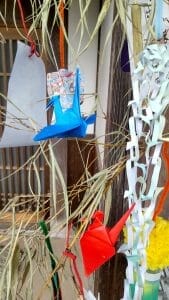
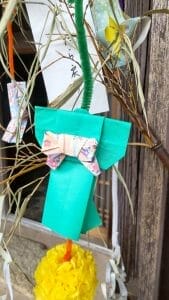
The first photo above shows a lantern to ward off evil spirits, who hate bright places. The second one shows cranes and a net. The cranes symbolize longevity and the net, a plentiful harvest. The last one shows a kimono as a wish to become good at sewing. There are many other possible decorations.
The Color of a Wish
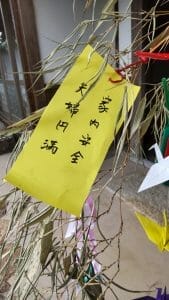
Yellow: Wishes related to believing in and taking care of other people. This one is a wish for safety in the home and a happy marriage.
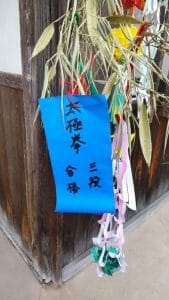

Blue: Wishes related to academic or professional achievement. One of the blue ones is a wish for my wife to pass her test for third degree in Tai Chi later this year. The other one is for me to win an award at an upcoming exhibition. (Wouldn’t that be great.)

Purple: Also for wishes for academic achievement. This one is to be sure our grandson is ready to start school next spring.
Red (not shown): Thoughts respecting or thanking ancestors or parents.
White (not shown): Thoughts on fulfilling duties or obeying rules.
And There’s More
The colors are related to five of the days of the week, which in Japan are symbolized by fire, water, wood, metal, and earth. And then, there are positive relationships between the days of the week, such as fire burns to create ash (earth), and negative relationships, such as fire melts metal, and if I go any farther there will be no end to this blog, so I’ll end here. Again, I might try to provide more information in the future, but it all gets very complicated and time consuming to research. Again, a lot of this is based on Chinese concepts imported to Japan, which was common throughout early Japanese history.
